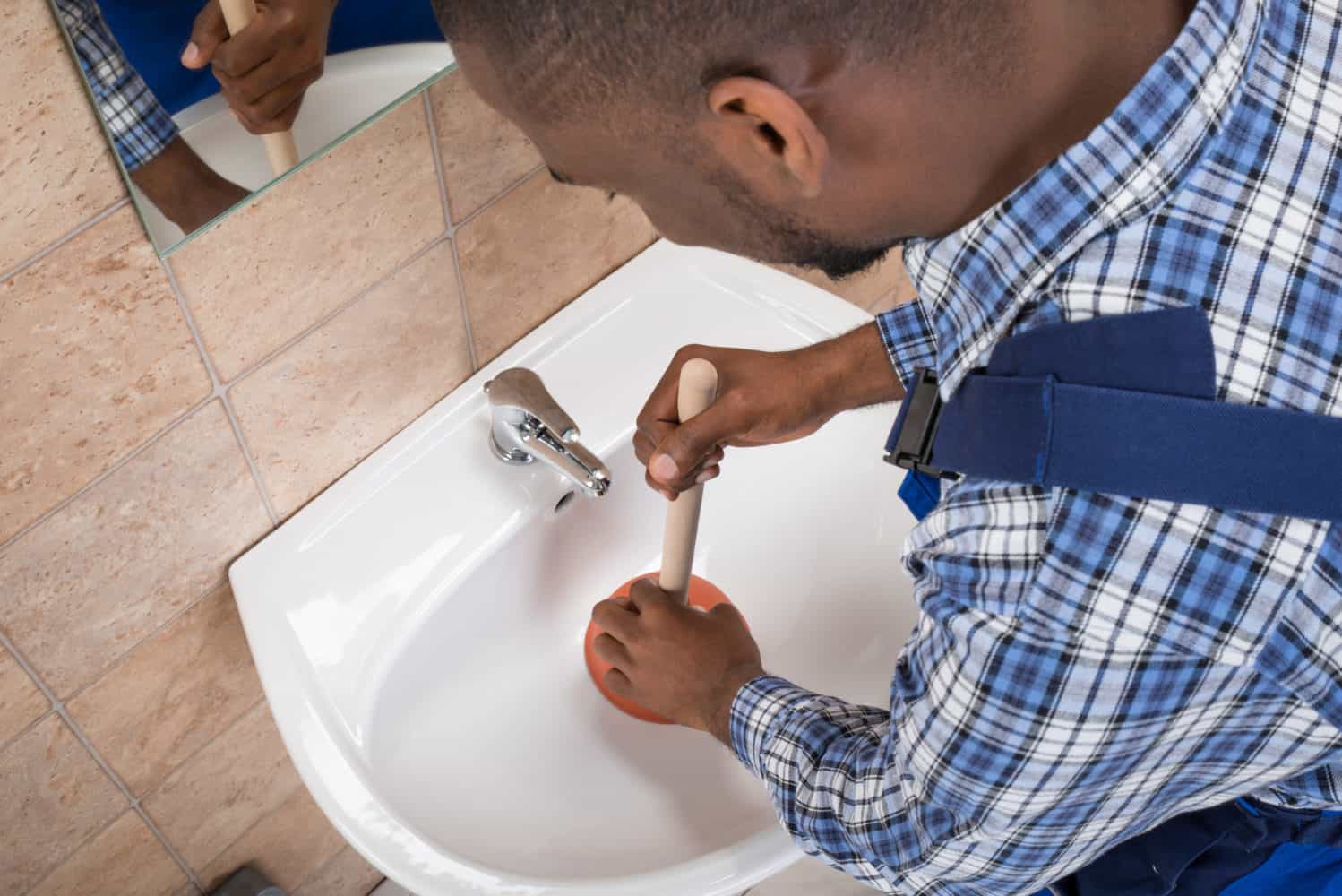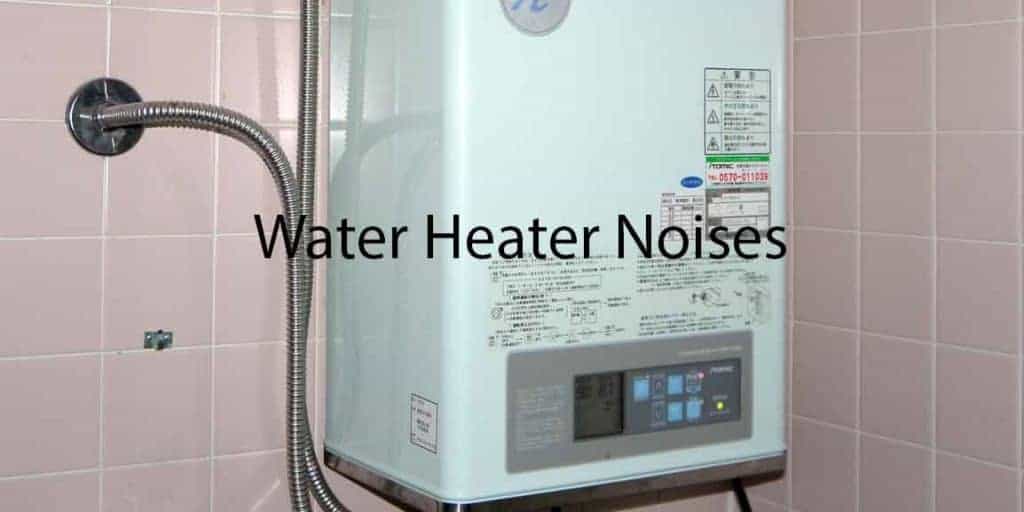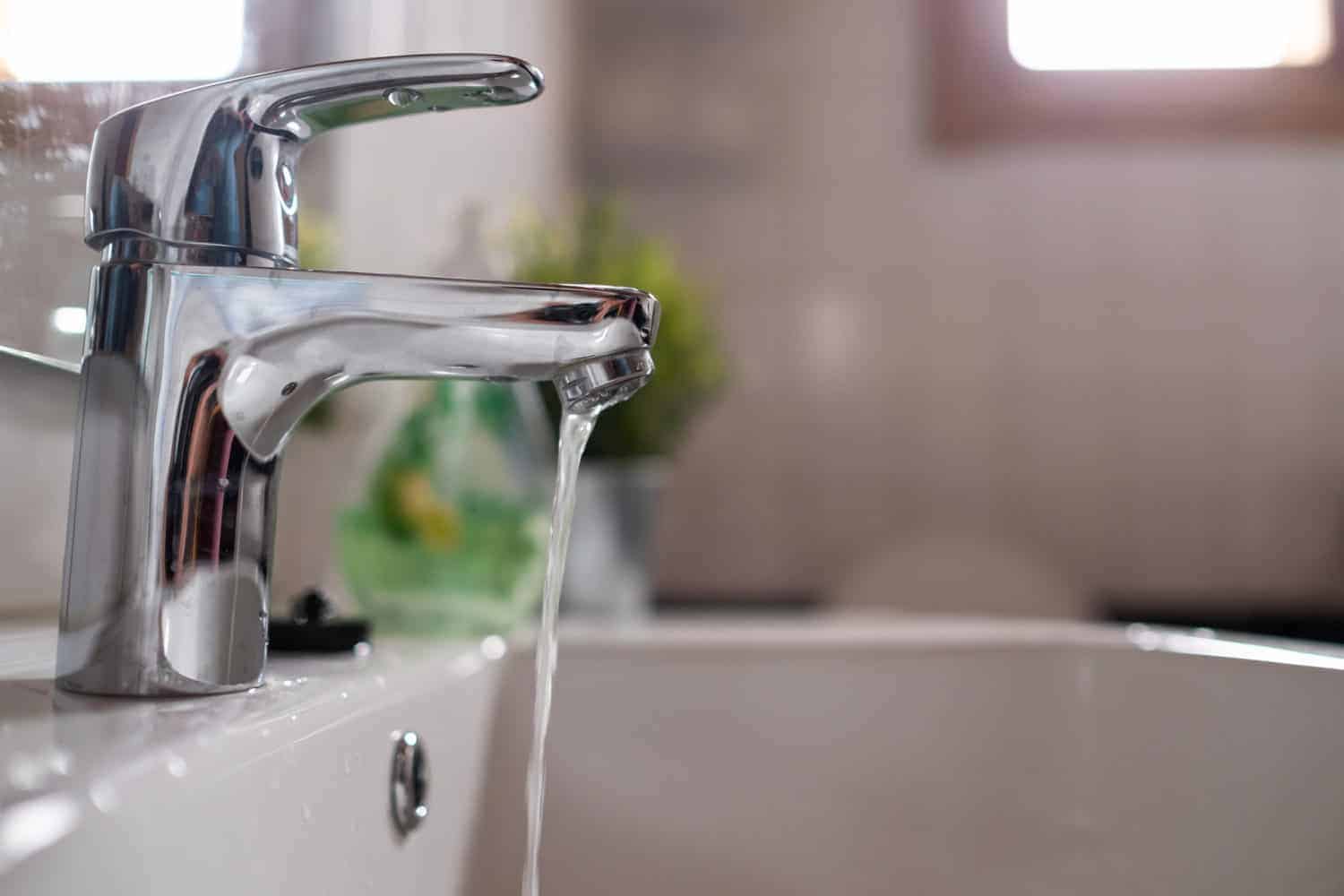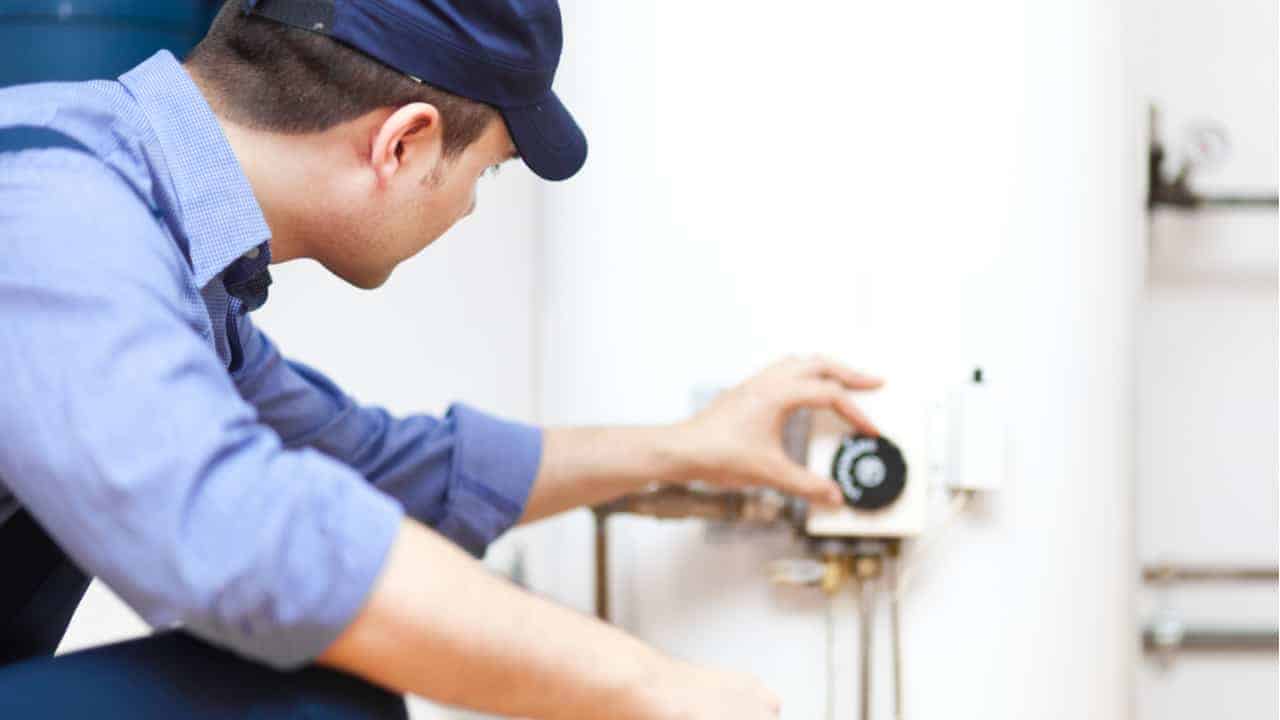Having a clogged drain in the kitchen or bathroom can be really frustrating. After all, these are two of the most used rooms in our homes. Although clogged drains don’t look like major plumbing issues, the cost of their repair climbs up quickly if you’re not careful – this is why I am suggesting home remedies for clogged drains.
Homeowners should try fixing plumbing issues on their own, whether these issues are small or large. Ignoring a problem such as the clogged drain means risking a major leak somewhere in your pipework. These can lead to extensive structural damages, and even more expensive repairs.
Even though all stores sell chemical cleaners, remember that these can take a toll on your plumbing system. Using them too often causes wear and tear, and sometimes even leaks.
Professional plumbing services are the best solution, but you also may want to try a home remedy for the clogged drain. This article will show you a few DIY home remedies that could fix your clogged drain without breaking the bank.
Contents
Be Careful When Throwing Things into the Sink
The best way of avoiding clogged drains is to think before throwing things down the drain.
In the kitchen, avoid throwing things like potato skins, coffee grounds, eggshells, and cooking oil. In the bathroom, avoid flushing out hair, as it can easily cause a drain blockage. Paint thinner is particularly notorious in this regard – do not dump it or you will have a clogged drain.
Make sure to always use a drain gate cover. Although simple, these items can prevent a lot of blockages.
Go to your local store and get all the essential stuff you’ll need to properly protect your drains, such as filters and screens. Regular cleaning is just as important – smaller clogs are easier to take care of than the more serious ones.
The most common causes of clogged drains, depending on the location of the drains, are:
- Oil, grease, fat (they coat the insides of pipes and make them sticky)
- Soap (also adds to the buildup inside the pipes)
- Hair
- Dirt
- Food particles
- Objects that should not be flushed
- Diapers, wipes, personal hygiene products, etc.
- Cat litter (if you ever asked Can You Flush Cat Litter Down the Toilet? The short answer is no.)
- Too much toilet paper
Note that the buildup on the insides of pipes often “catches” food particles, hair, and small debris. Therefore, while the things that go down the drain in a single flush aren’t enough to create a clog, they can get stuck and attract more of the same. Eventually, this will result in a clogged pipe.
Why Use a Home Remedy for Clogged Drain?
When it comes to cleaning clogged drains, natural products are safer than most chemical-based cleaners, which contain sulfuric acid and sodium hydroxide.
As we said, these jarring drain cleaning chemicals eat away the pipework over time. By eroding your plumbing, they will cause even more issues in the long run, and not just clogged drains.
Another factor to consider is that drain cleaners with chemicals end up in the local waterways. There, they can easily damage animal and plant habitats. They can kill sensitive species, as well as cause genetic mutations.
In addition, a lot of these products contain chemicals that produce hazardous fumes.
Commercial drain cleaners are more expensive, too. Using a costly chemical drain cleaner that will damage your pipes and pollute waterways doesn’t seem like the best decision, does it?
Home remedies and homemade cleaners are safer, cost-effective, and can be created out of items you already have at home like baking soda and hot water. By opting for these instead of commercial products, you will protect the environment as well as clean your clogged drains. It’s a win-win-win situation!
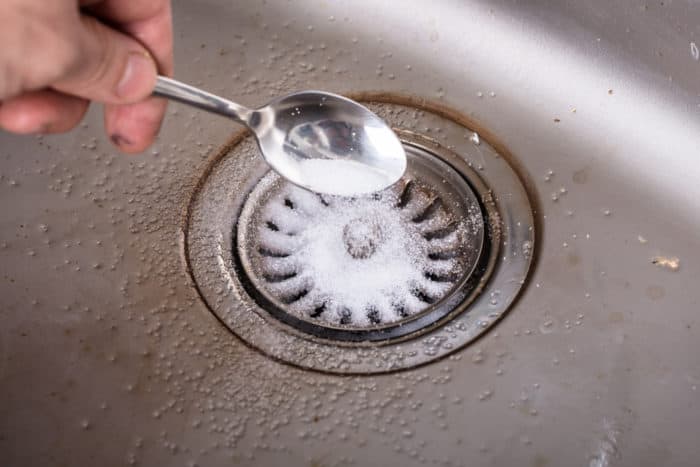
Use These Home Remedies For Clogged Drains
Most of the following treatments for clogged drains can be completed without a trip to the store. Almost every homeowner will have the required ingredients in their garage or cabinets.
Baking Soda and Vinegar
One of the most natural alternatives to using commercial drain cleaners is using white vinegar and baking soda. Conveniently, these are common household items. You probably have some baking soda and vinegar in your kitchen.
Here’s how to use these home remedies for clogged drains:
- Use a bowl or a cup to remove the standing water from the sink.
- Take one cup of baking soda and pour it down the clogged drain. If necessary, push the baking soda down with a spoon or spatula.
- Now, take one cup of white vinegar and pour it down the clogged drain.
- To seal the opening, place a cover over the clogged drain. Allow the vinegar and baking soda mixture to sit in the pipe for some 15 minutes.
- After that, simply remove the cover, turn on the faucet, and run hot water down the drain.
Just like all other methods, this one doesn’t have a 100% success rate. If you manage to make some progress with it, repeat it again to completely get rid of the blockage.
Boiling Water
When debris like grease and hair clog your drain, something as simple as boiling water or just fairly hot water may be all you’ll need. Boiling water is one of the simplest fixes out there and something anybody can do.
To unclog the pipes with boiling water, try the following steps:
- Use your stove to heat half a gallon of water.
- Pour boiling water into the clogged drain.
- Run tap water to see if the clog is still there. Repeat the process if there are no changes, or if you have a slow drain.
An important thing to mention here is that boiling water can melt plastic. Therefore, if your drain is connected to PVC pipes, you’d best avoid using boiling water.
Sometimes, even a couple of tries with boiling water won’t dislodge the clog. If this happens to you, simply move to another method.
Plunger
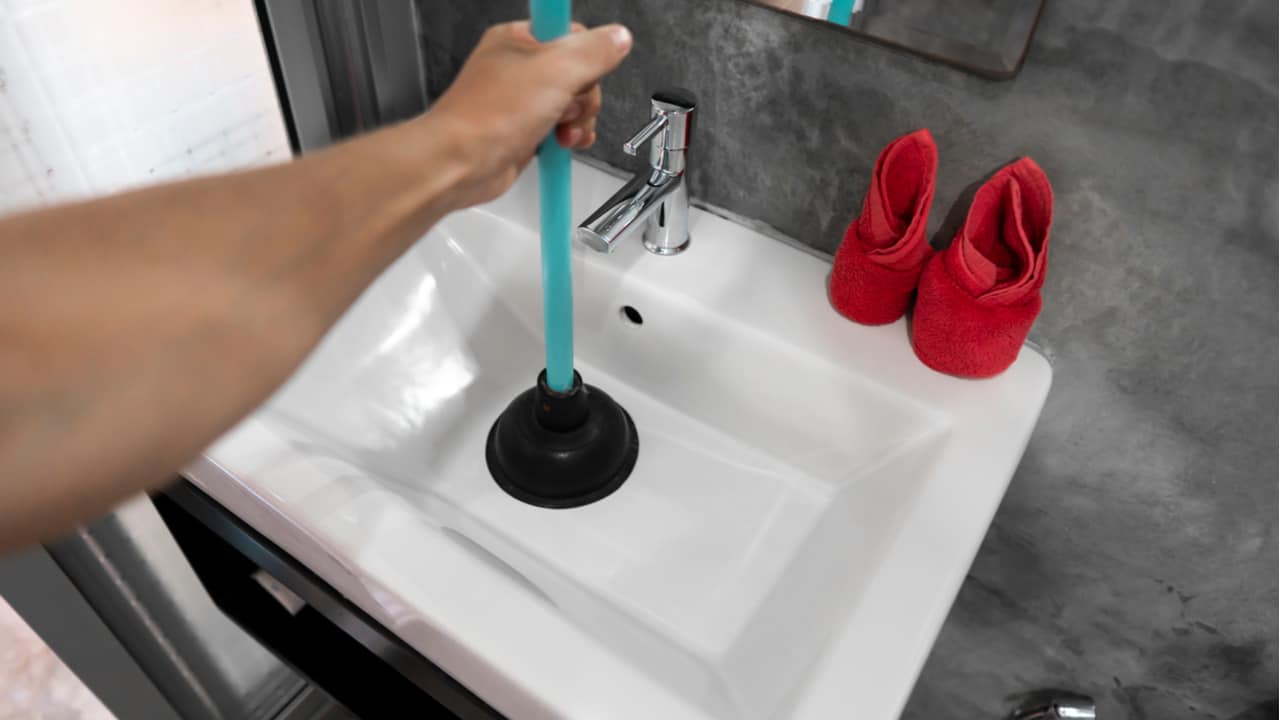
Another simple solution is using a plunger. It’s something all of us have in our homes. While you can use a standard plunger for your clogged drain, flat-bottomed plungers work the best.
Regardless, here’s how to unclog a drain with a plunger:
- Fill your clogged sink drain with hot water. Make sure it’s at least half full and that water creates a seal around the drain.
- Take the plunger and place it over the drain. Start pumping up and down as quickly as you can.
- Remove the plunger and check if the drain is back to normal.
- If it’s not, repeat the process.
If multiple plunging attempts don’t bring any results, you know what’s up. It’s time to try something else.
Plumber’s Snake
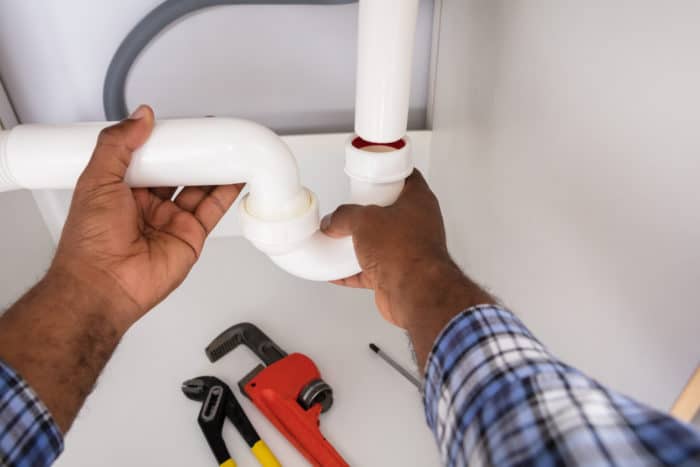
Clogs putting up a fight require the use of a drain snake. This convenient tool battles the blockage with its shape. It’s a coiled, spiral instrument that can reach deep down into the drain.
Once the snake hits the blockage, the user has to crank the handle at the other end. By doing so, the user dislodges the clog and pulls it out of the pipe. Electric models tackle blocked pipes with even more power.
Those who don’t have a plumber’s snake can create a homemade one. All you’ll need is a wire coat hanger and a pair of needle-nosed pliers.
Take the pliers and unwind the hanger, turning it into a long piece of wire. You’ll have to keep the hooked end since that’s what you’ll use to unclog the drain. If you need to adjust the hook’s angle so that it can get through the opening of the drain, you can do it with the pliers.
Once you’ve made your homemade plumber’s snake, feed it down the pipe a few feet at a time. Be gentle – you don’t want to push the debris further down the drain.
Keep doing this until you can tell that there’s no more blockage in the pipe. To be sure that everything is right, run hot water and test it out.
Clean the P-Trap
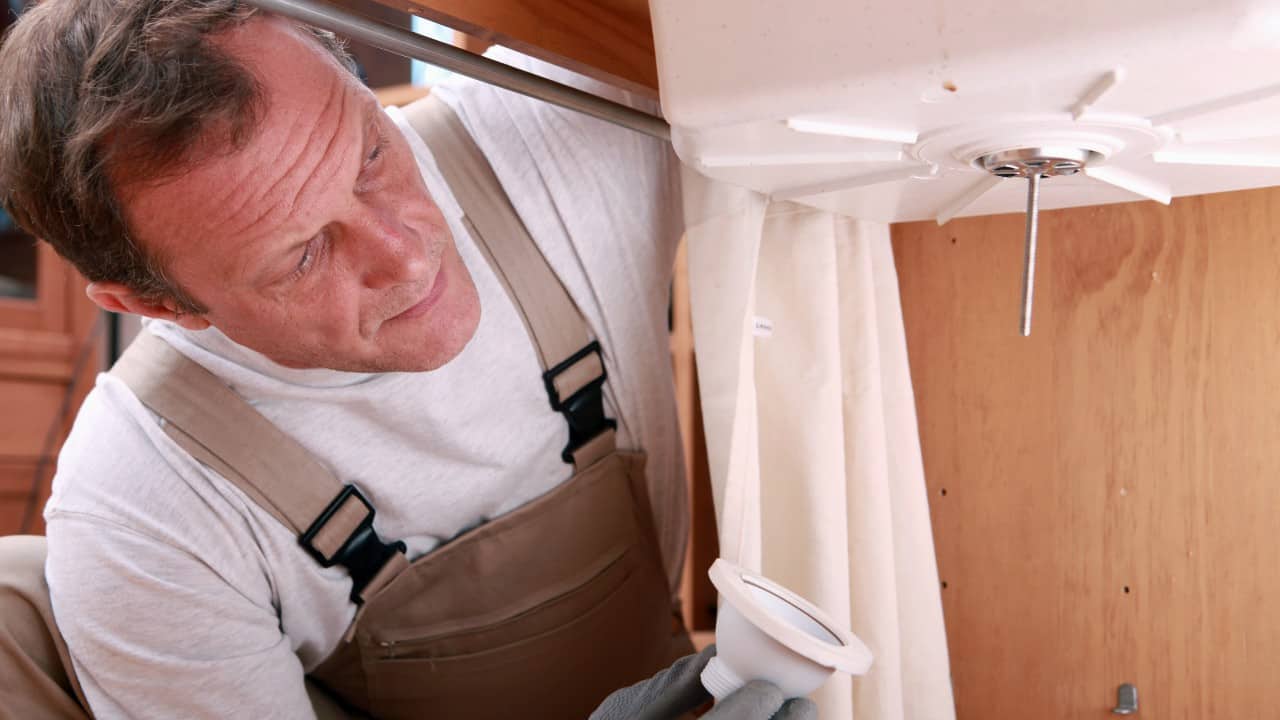
If you still get your drain to work properly, the issue may be in the P-trap. This would be the elbow-shaped part of the pipe. It should be located under the sink.
Grease, food, and other debris can easily get stuck in the P-trap. This causes the water to hit an obstacle on its way down, leading to a slow drain or complete blockage.
The only adequate way to fix this is to detach this part and clean it out. It’s a messy task, so make sure to prepare yourself with towels, goggles, and gloves. Follow these steps:
- Place a bucket under the pipe. Its purpose will be to catch anything dropping from the P-trap once you open it.
- Unscrew the P-trap’s connectors. These should be slip nuts, located at both ends of the P-trap.
- After successfully removing the P-trap, clean it thoroughly.
- Reconnect it and test by running tap water.
If you’re still having problems, check for clogs further down the pipe. Remove the P-trap once again. After that, remove the pipe that connects the whole system to the pipework in the wall. Try feeding your makeshift plumber’s snake until you remove the obstruction.
Check the Garbage Disposal
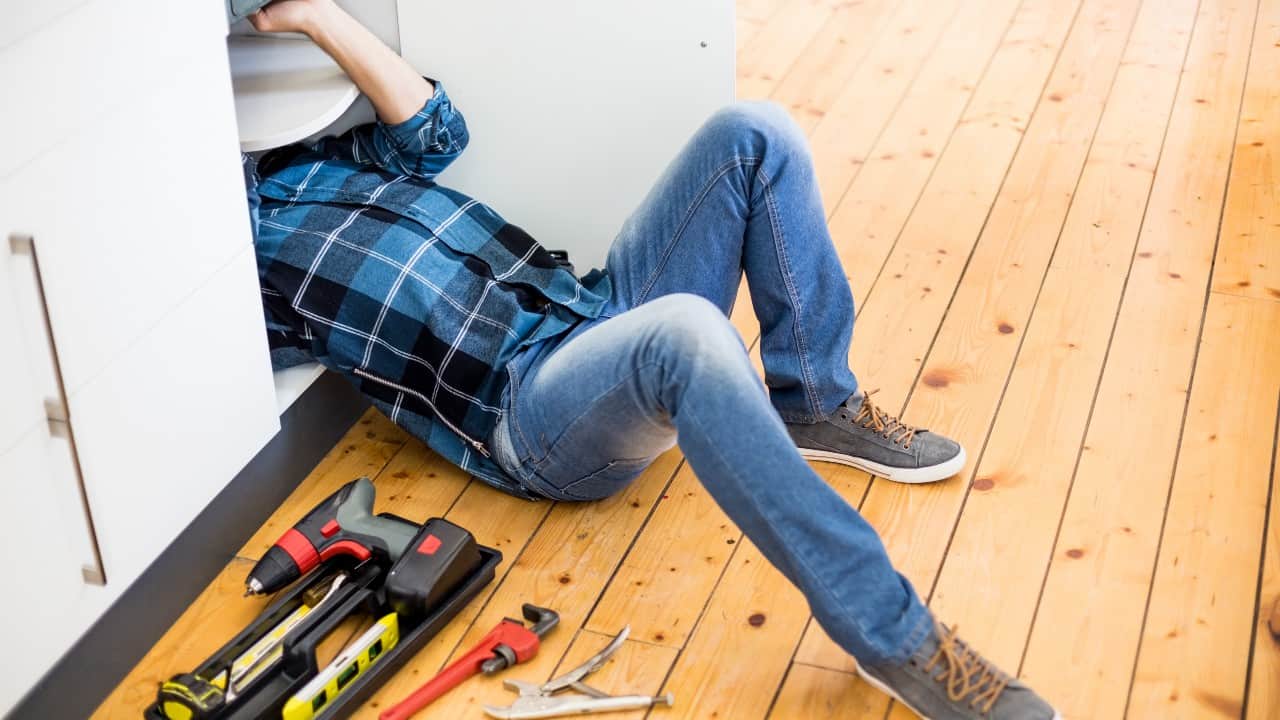
If nothing of the above works, the issue may be in the garbage disposal.
Turning it on should solve the problem. If your garbage disposal produces a low humming sound, it’s probably broken or jammed. Disconnect it from the power and try to break up the blockage inside.
The best way of doing this is by inserting a hex key into the hole at the bottom. By twisting the hole with the wrench, you’ll be turning the blades manually.
Once unclogged, test the disposal by switching it on. If it’s working properly, run tap water to check if there’s adequate sink drainage.
I really hope that one of my home remedies for clogged drains has helped you resolve the problem. If you’ve made it all the way to here and still can’t fix the issue, it’s time to schedule an appointment with a plumber.
Whether you fix it on your own or not, the case of a clogged drain can easily be prevented in the future – do not throw harmful items down the drain.
While you’re here, you might want to check out my post on How to Unclog A Toilet which can be a lot more work.
